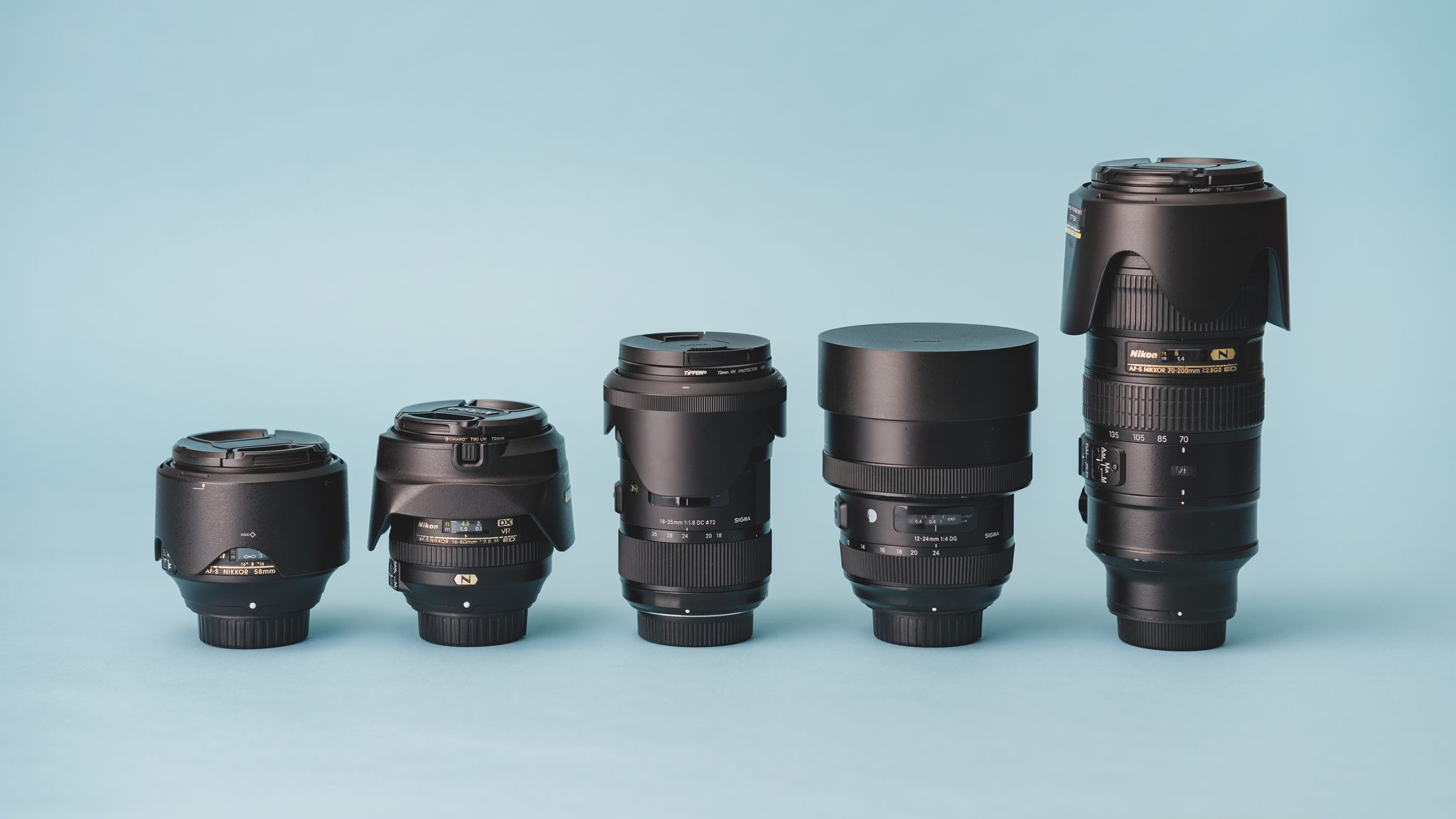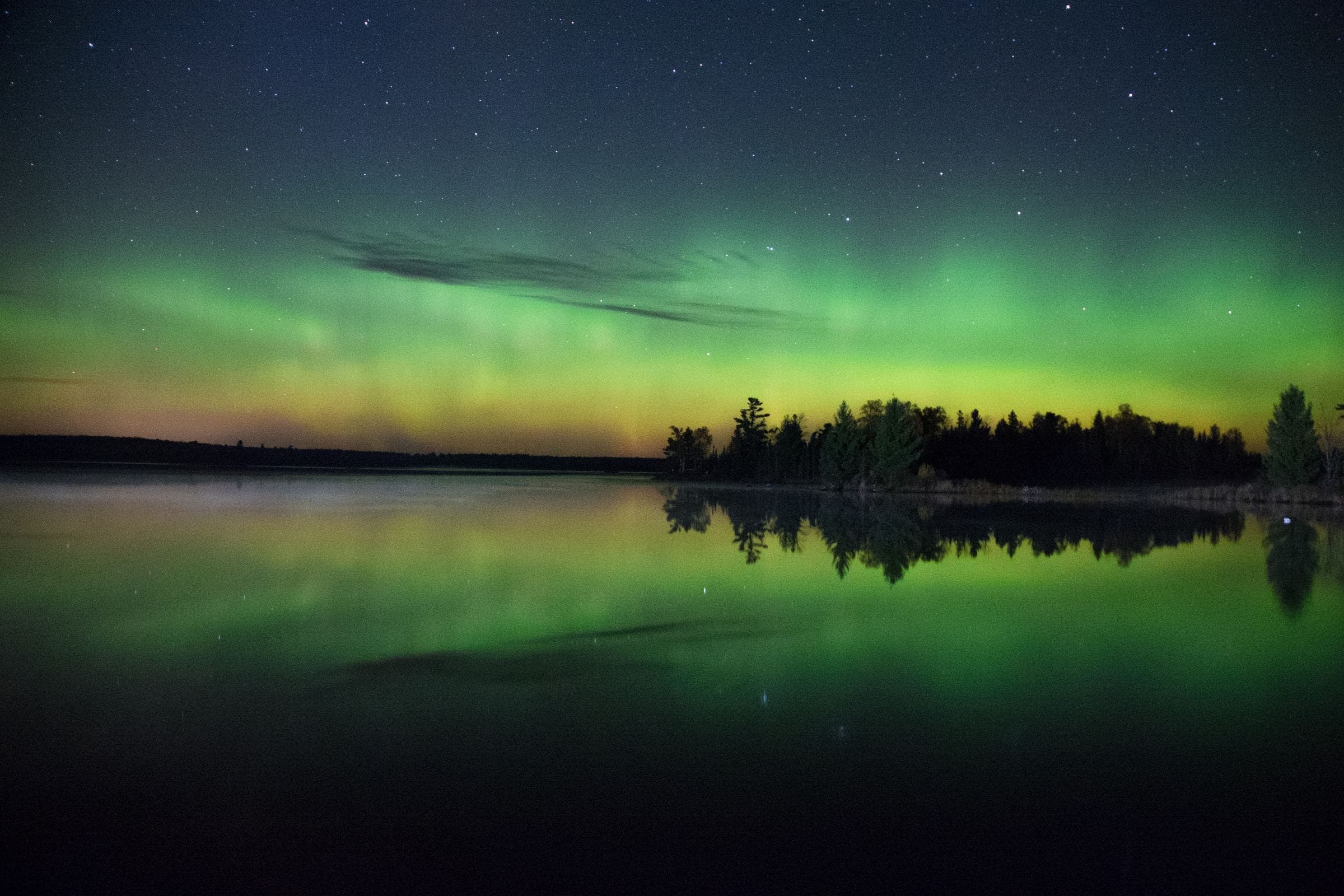When life **screeched to a halt** early last year, a walk seemed like the perfect remedy. The **crisp Southern California air** felt like a soothing balm. Before the pandemic, walks had always been comforting, but once the virus spread, it became crystal clear: Millions realized the **need to walk**. Moving through the **quiet streets** offered a calm amidst the chaos.
For me, the daily ritual of a meditative stroll through the neighborhood required an accessory: My film camera. Sure, I own a DSLR and a smartphone, and I’ve been snapping an infinite sea of photographs with those gadgets for years. But if the frenzy of our digital world has taught us anything, it’s that there’s still a place for analog, tactile experiences — whether it’s reading on paper, listening to vinyl, or, in this case, capturing a moment by exposing a frame of film emulsion with a burst of focused light. No screens, algorithms, or beeps required — just the satisfying, mechanical click of a shutter and perhaps a little bit of patience.
I started shooting film in high school when my dad bought me my first SLR camera, a Nikon FM10. The no-frills, all-manual 35mm film camera was so low on frills, in fact, that it barely needed a battery — just the tiny one that powers its built-in light meter. Other than that, shooting with the FM10 was a fully manual, analog photo-taking experience that required the shooter to dial in the right exposure settings and focus the lens by hand. It was great for learning the basics in high school photography class, but not particularly convenient otherwise. As digital photography took hold, my FM10 soon found itself on the shelf as a decorative piece of retro nostalgia.
The Surprise Rebirth Of Film In A Digital World
Like vinyl records, film photography has been enjoying a bit of a renaissance lately. In 2017, Kodak revived its discontinued Ektachrome 35mm slide film due to popular demand. The same year, Polaroid launched the OneStep 2 instant film camera after the company’s brand and intellectual property were acquired by The Impossible Project, a group of film photo enthusiasts who originally set out to save Polaroid’s endangered instant film. Today, instant film cameras and rolls of 35mm film are a common sight in mainstream retail stores, even as customers carry camera-equipped smartphones around in their pockets.
Right around the time of Ektachrome and Polaroid’s rebirth, I dusted off my Nikon FM10 and loaded it with film once again. Part of it was the nostalgia of using an old-fashioned mechanical interface and then later seeing my images printed in a physical format with those warm, film-like tones. Indeed, the pristine, analog image quality and unique color tones of film are a big part of why so many photographers still love film today — even with all the retro-style filters and Adobe Lightroom presets that do their best to mimic its look and feel.
For many film photographers, the format’s biggest perk is an experience digital photography could never offer: the process. From setting the shutter speed and focusing the lens to thoughtfully opening the shutter at just the right moment, shooting film requires more deliberate, in-the-moment thinking than firing away with one’s smartphone or loading up the memory card of a DSLR. With only 24 or 36 images to a roll of film, there’s more pressure to get each shot right — and no digital interface to let you check your work. Instead, you have to wait until the film is developed to see how your photos turned out, and by then, you may not even remember what you shot. That’s part of the beauty of film: a delayed, analog surprise not unlike mailing a short, hand-written note to your future self.
No Filter Needed: Manual Settings And Analog Effects
Over the last few years, I’ve added more analog and manual tools to my own photo-taking toolkit. In addition to standard SLR lenses like a 50mm prime lens and a wider 24mm lens, I’ve started collecting less conventional ones like the Lomography Petzval and Achromat art lenses, which are modeled after some of the first-ever camera lenses from the dawn of photography in the 19th century.
Alongside accessories like specialized filters and light-bending-prisms, these vintage-style lenses allow me to create dream-like, sometimes psychedelic photographs of things like the springtime flowers of Southern California and other natural scenery around the neighborhood — which is exactly what I did to pass the time and keep myself sane once the “stay at home” orders were issued last spring. For an added colorful “light leak” aesthetic effect, I shot most of the images on rolls of experimental, pre-exposed Psychedelic Blues film.
For me, the process of composing a photograph via manual settings and “in camera” effects like multiple exposures and glass filters — as opposed to playing around with app filters and Photoshop tricks later — allowed me to do something that had previously become all too rare: stop, slow down, and live very mindfully in the moment I was trying to capture on film.
The slower, more deliberate process of shooting with film can indeed be a meditative, even therapeutic experience. For New York-based photographer and longtime friend of mine Jeffrey Rae, film photography offered the perfect creative distraction when the COVID-19 pandemic shut down the city last year. As the shutdown dragged into the summer, Rae found himself taking long solo walks throughout the city armed with his film cameras, capturing the moments and scenes that caught his eye as he trekked through the streets of Brooklyn and Manhattan.
“A Whole Different Mode”
Rae, who studied photojournalism and interned at darkroom-equipped newspapers in the early 2000s, saw the pandemic as an opportunity to slow down and return to the way he worked before digital photography revolutionized the craft.
“It’s a whole different mode,” says Rae. “Whereas you might shoot 50 frames of something with digital, with film you only take two or three. When I shoot an event for work, I have to rush home to edit and post my photos. With this, I just go home and have dinner and don’t worry about editing.”
While many New Yorkers were going stir crazy and baking bread in their tiny apartments, Rae was walking up to five miles at a time and creating an analog, visual documentation of New York City at one of its most unusual moments in history. He even bought photo processing chemicals and a film negative scanner and built his own DIY photo lab in his Brooklyn apartment. When he started showing his behind-the-scenes film development process on Instagram Stories, he was flooded with questions from former colleagues and other photographers seemingly eager to get in on the analog photography game themselves.
For Rae and others, film photography wasn’t just a creative outlet. It was a mindful, therapeutic distraction from the anxiety of isolation and negative headlines. The only drawback? At least initially, the demands of social distancing made it much harder to photograph people.
“When I first started off, I shot frames without people in them because I didn’t want to be around people during a pandemic,” Rae says. “Over time I went back to shooting what I like to shoot, which is people. There are only so many photos you can take of disposed masks on the ground.”
Similarly, there are only so many pictures one can take of the flowers in their neighborhood. Fortunately, some of mine turned out nice enough to print and put on display in a small local gallery show titled “Quarantine Dreams” late last year.
I’ve since moved back to the east coast from the scenic paradise of Southern California, but I was able to bring some of my favorite local scenery with me in the form of Fracture glass prints that now hang on my wall at home in Philadelphia. Those dream-like, sun-drenched images would be pretty tough to recreate here, but thankfully we’ll all have plenty more things to photograph soon.





Comments